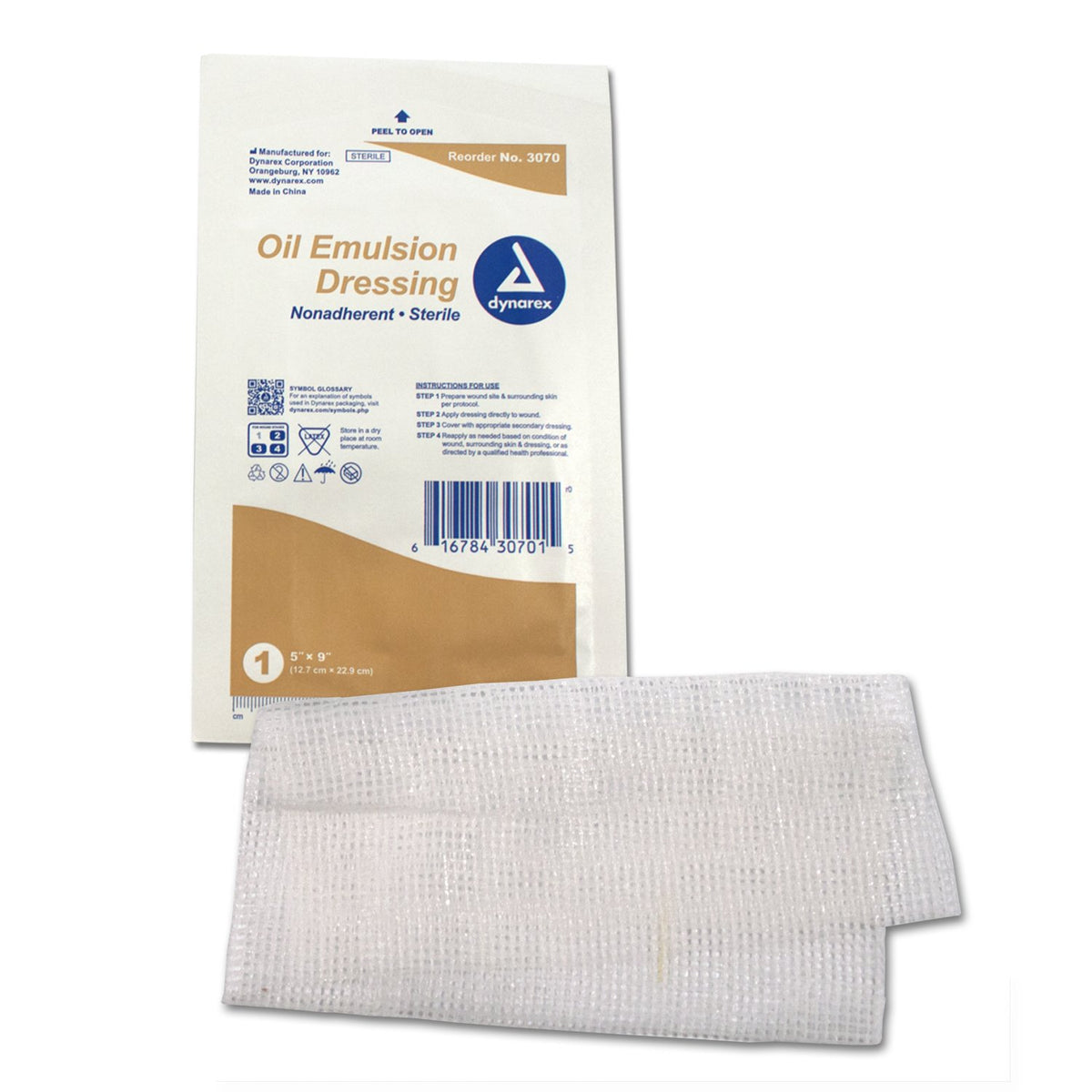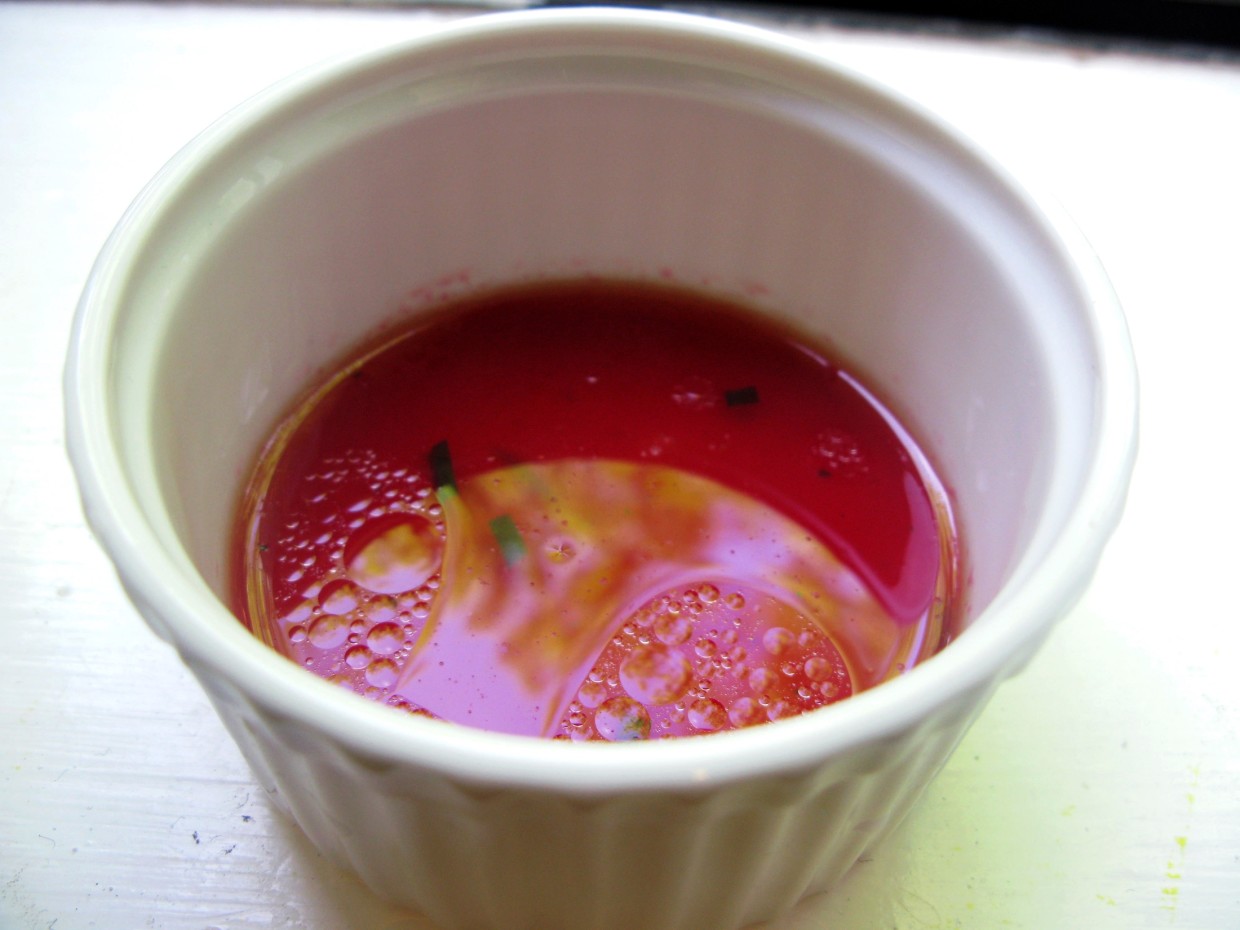
Hollandaise: A hot emulsified sauce using egg yolks and butter. Emulsified Vinaigrette: Oil and vinegar vinaigrette are emulsified using whole eggs for a creamy permanent emulsion. Mayonnaise-based: Dressing using mayonnaise for the base with additional flavorings and liquids like dairy (buttermilk, sour cream, yogurt), acids (vinegar, lemon or lime juice), fruits (tomatoes, olives, berries), vegetables (celery, onions, carrots), condiments (mustard, seasonings, sweeteners, capers), protein (eggs) for a permanent emulsion. These amounts would need to be adjusted based on the type of oil and acid and/or vinegar used. A typical ratio of 3 parts oil to 1 part acid is used. Vinaigrette: A temporary emulsion made with oil and vinegar, often without an emulsifier. Types of Emulsion-Based Dressings & Sauces Honey: Honey helps to break apart fats that accumulate together, however not as effectively as lecithin. Mayonnaise: Due to the mixture already being a stable emulsion that contains lecithin, a small amount can be added to promote a uniform suspension. Mustard: Contains a complex polysaccharide component to aid in emulsification, but not as useful over long periods of time compared to lecithin. Cholesterol: The cholesterol in eggs encourages oil in water emulsions. The lecithin in one egg yolk can emulsify about 7 ounces of oil, any more and you will visibly see the emulsion separate and thin out. Lecithin: A robust and efficient emulsifier, lecithin is a phospholipid found in egg yolks and soy that encourages oil in water emulsions. Emulsifiers are molecules that have the unique ability to attract water (hydrophilic) and oil (lipophilic), allowing them to coat the dispersed phase and keeping it uniformly suspended in the continuous phase.Įmulsifying agents should be first added and mixed with the continuous phase (like vinegar), so it can effectively coat the dispersed phase (like oil) as it’s being whisked to effectively create a stable emulsion. Permanent: Emulsion lasts multiple days, like mayonnaise-based sauces that contain eggs.Īn emulsifier is an ingredient that can help immiscible components stay suspended, preventing the oil from regrouping together and floating to the top of the sauce or dressing. Semi-permanent: Emulsion last hours, like hollandaise sauce which contains eggs. They are brief suspensions like oils and vinegar dressings and vinaigrettes. The only agitation is whisking or blending. Temporary: Emulsion is for a short time, usually separates in under an hour since no emulsifier is used. Emulsifiers can create physical barriers around the droplets, so they stay in a uniform emulsion. However, there is a solution to help stabilize the suspension and prevent them from regrouping. Over time, especially for oil in water emulsions, the oil droplets will want to coalesce and join back together and form a large oil layer on the surface as seen in the photo below. The droplets are called the “dispersed phase” while the liquid surrounding the droplets is called “the continuous phase.”įor example, balsamic vinaigrette is an oil in water emulsion, whereas butter is a water in oil emulsion. Depending on how the emulsion is formed, the agitation makes either small oil droplets or water/vinegar droplets. The solution is to create an emulsion!Īn emulsion is a uniform mixture of two unmixable liquids like oil and water, using agitation from whisking or blending to create a uniform suspension. #OIL EMULSION DRESSING HOW TO#
However, then the discussion led to why and how to combine them correctly for food applications.


The first thing I learned in my introductory food science class is that fat and water DO NOT mix, not a surprise.

Let’s take a closer look at how to use emulsions to create a vibrant and flavorful sauce or dressing.

Have you ever wondered what an emulsion is? It’s an essential cooking technique that’s easy to learn. They can help add depth of flavor, texture, and moisture to make food more tantalizing. Using the proper mixing technique and emulsifier will ensure success in making stable sauces and dressings.ĭressings and sauces are the culinary solutions to enhance flavors and complement other ingredients. Emulsified mixtures can come in different forms, hot, cold, savory, sweet, textured or smooth. These simple add-ons help to elevate any dish without being the star of the plate. Understanding what an emulsion is and how to create one is essential in cooking.








 0 kommentar(er)
0 kommentar(er)
